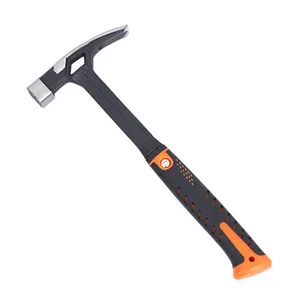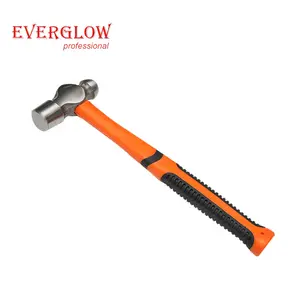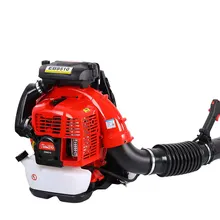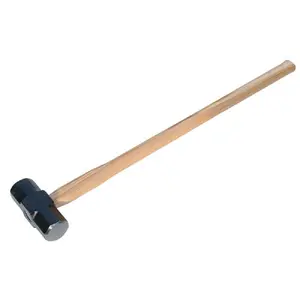Exploring the Versatility of Plastic Sledge Hammers
Within the realm of hand tools, the plastic sledge hammer stands out for its unique combination of durability and safety. Designed for tasks that require controlled force without damaging surfaces, these hammers are a staple in various industries. The plastic sledgehammer is an essential tool for professionals seeking a balance between impact and precision.
Types and Applications
The plastic sledgehammer comes in various weights and sizes, catering to a range of applications. From automotive repairs, where a non-marring mallet is crucial, to construction sites where a lightweight yet effective tool is needed for small demolitions or fitting work. The versatility of a plastic sledge hammer is further enhanced by its use in framing, where it aids in securing materials without the risk of breaking delicate surfaces.
Features and Materials
Typically, a plastic sledge hammer is characterized by its robust head made from high-density polyethylene or other durable plastics. This head is often paired with a fiberglass or metal handle, providing a comfortable grip and efficient energy transfer. The dual nature of a plastic sledgehammer's head, often featuring two different striking surfaces, allows for varied use-cases, from shaping soft metals to tapping wooden joints into place.
Advantages of Plastic Sledge Hammers
The primary advantage of a plastic sledge hammer lies in its non-marring property, which ensures that surfaces are not damaged upon impact. This is particularly beneficial when working with soft metals, wood, or during automotive assembly where precision is paramount. Additionally, the lightweight nature of a plastic sledgehammer reduces user fatigue, allowing for longer periods of work without compromising on the force delivered.
Choosing the Right Hammer for Your Needs
Selecting the appropriate plastic sledge hammer involves considering the specific task at hand. For delicate operations, a lighter hammer with a smaller head is preferable. Conversely, for more robust applications, a heavier plastic sledgehammer with a larger striking surface may be more effective. It is essential to assess the work environment and the materials involved to make an informed decision.
Conclusion
The plastic sledgehammer is a multifaceted tool that serves a wide array of purposes across different sectors. Its construction and design make it an indispensable asset for tasks requiring a gentle touch with the ability to deliver controlled force. When choosing a plastic sledge hammer, it is crucial to consider the specific requirements of the job to ensure optimal performance and results.










































 浙公网安备 33010002000092号
浙公网安备 33010002000092号 浙B2-20120091-4
浙B2-20120091-4